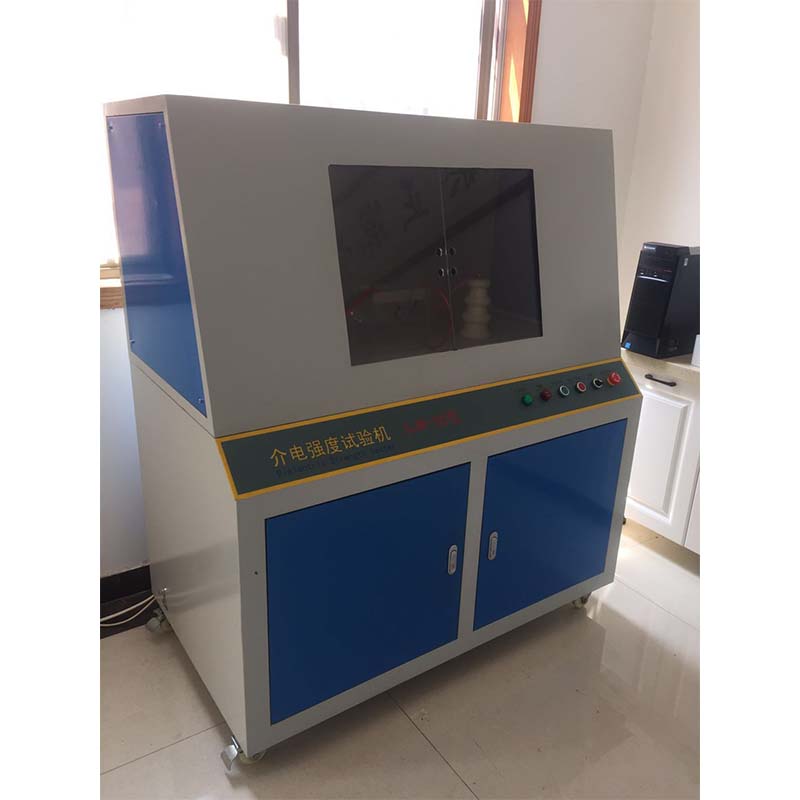vertical profile projector company
Understanding Vertical Profile Projectors An Insight into the Industry
In the world of precision manufacturing and inspection, vertical profile projectors, also known as optical comparators, are essential tools that enable engineers and manufacturers to measure and inspect components accurately. These devices project the silhouette or profile of an object onto a screen, allowing for detailed measurement and analysis. This article delves into the workings, applications, and the key players in the vertical profile projector industry, highlighting their significance in various sectors.
The Mechanics of Vertical Profile Projectors
Vertical profile projectors function based on an optical system that magnifies the object being examined. When an object is placed on the stage of the projector, a light source illuminates it from below, casting its shadow onto a frosted lens or a screen. The projected image is enhanced and can be viewed through a series of eyepieces or digital screens, where operators can compare the object against specific standards or specifications.
The clarity and detail of the image are crucial for accurate measurements. The projectors often incorporate reticles—fine grids or crosshairs—that allow operators to take precise measurements of angles, diameters, and other critical dimensions. Advanced models are equipped with digital measurement systems that further facilitate automation and data collection, improving efficiency and accuracy in manufacturing processes.
Key Industries and Applications
The applications of vertical profile projectors span several critical sectors, including aerospace, automotive, electronics, and medical device manufacturing. In aerospace, for example, intricate components must meet stringent specifications for safety and performance. Vertical profile projectors enable engineers to inspect shapes and features like turbine blades, metal housings, and molded parts accurately.
In the automotive industry, these projectors play a vital role in quality control and assurance. They help in measuring critical part features, such as the alignment of engine components or the configuration of safety features. The ability to detect even the slightest discrepancies can prevent costly recalls or failures down the line.
Moreover, the electronics sector benefits from the precision of vertical profile projectors as they inspect printed circuit boards (PCBs) and electronic components that require tight tolerances. Similarly, in the medical field, these tools are used to evaluate devices such as surgical instruments and implants, where accuracy can affect patient safety and treatment outcomes.
vertical profile projector company

Leading Companies in the Vertical Profile Projector Market
As the demand for precision measurement tools grows, several companies have emerged as leaders in the vertical profile projector market. These companies are renowned for their innovation, quality, and customer service. Prominent manufacturers include Zeiss, Nikon, and Mitutoyo, all of which offer a range of optical comparators tailored to different industrial needs.
Zeiss, a global leader in optics and optoelectronics, provides advanced vertical profile projectors equipped with cutting-edge technology for enhanced functionality and measurement accuracy. Nikon is known for its precision engineering and high-quality imaging systems, catering to intricate measurement demands in various industries. Mitutoyo, another recognized name, offers a wide range of reliable measuring instruments, including vertical profile projectors that emphasize ease of use and versatility.
The Future of Vertical Profile Projectors
The future of vertical profile projectors looks promising, driven by advances in technology. With the increasing integration of digital systems, the industry is moving towards more automated and intelligent measurement solutions. The incorporation of software capable of performing complex calculations and data analysis is becoming more prevalent, enhancing the capabilities of traditional projectors.
Additionally, as the manufacturing sector embraces Industry 4.0 principles, the need for connected measurement systems that communicate with other machinery and devices in real-time is rising. Vertical profile projectors are adapting to this trend by integrating smart features that allow for seamless communication and data transfer.
Conclusion
Vertical profile projectors are indispensable tools in modern manufacturing and inspection processes. Their ability to provide detailed and accurate measurements across various industries ensures that components meet stringent quality standards. As technology evolves, these instruments will only become more sophisticated, further enhancing their role in precision engineering. The continued investment and innovation from leading companies in this space will drive growth and advancements, ensuring that vertical profile projectors remain at the forefront of precision measurement.
-
Why the Conductor Resistance Constant Temperature Measurement Machine Redefines Precision
NewsJun.20,2025
-
Reliable Testing Starts Here: Why the High Insulation Resistance Measuring Instrument Is a Must-Have
NewsJun.20,2025
-
Flexible Cable Flexing Test Equipment: The Precision Standard for Cable Durability and Performance Testing
NewsJun.20,2025
-
Digital Measurement Projector: Precision Visualization for Modern Manufacturing
NewsJun.20,2025
-
Computer Control Electronic Tensile Tester: Precision and Power for the Modern Metal Industry
NewsJun.20,2025
-
Cable Spark Tester: Your Ultimate Insulation Assurance for Wire and Cable Testing
NewsJun.20,2025
 Copyright © 2025 Hebei Fangyuan Instrument & Equipment Co.,Ltd. All Rights Reserved. Sitemap | Privacy Policy
Copyright © 2025 Hebei Fangyuan Instrument & Equipment Co.,Ltd. All Rights Reserved. Sitemap | Privacy Policy
